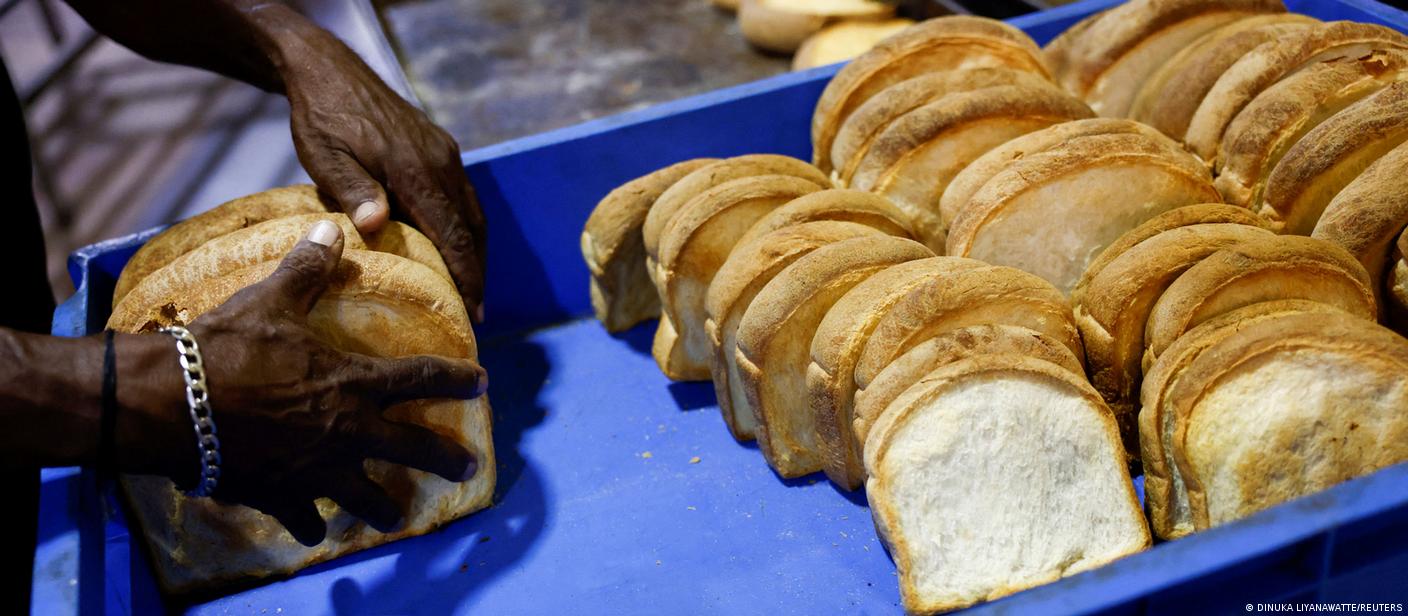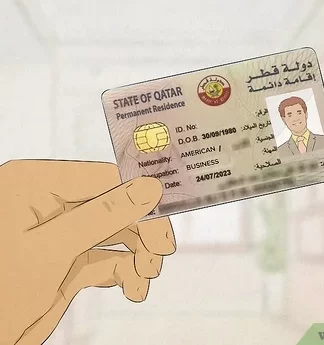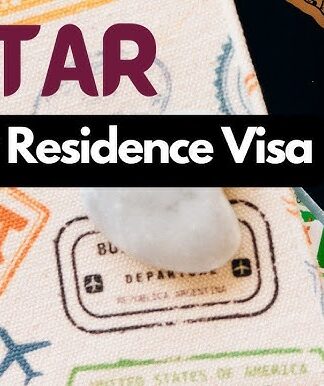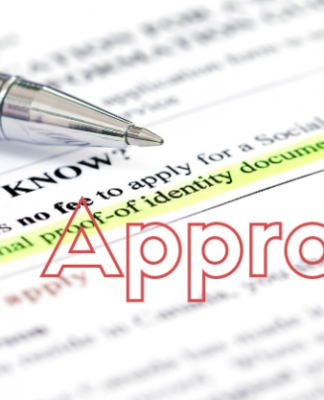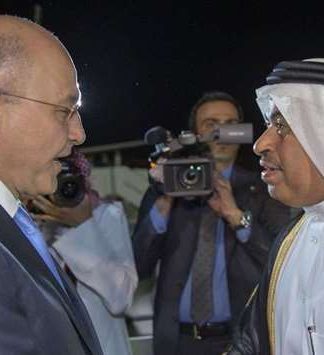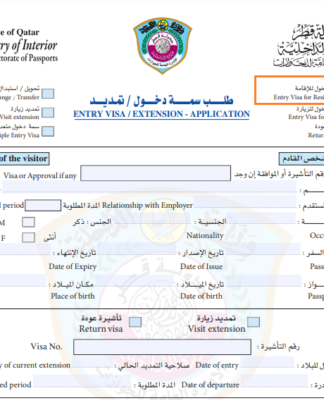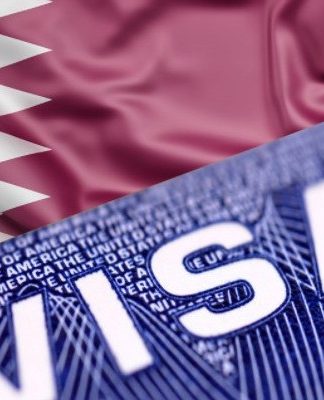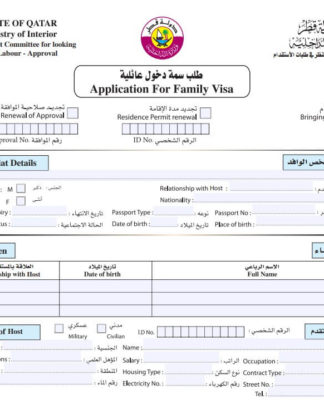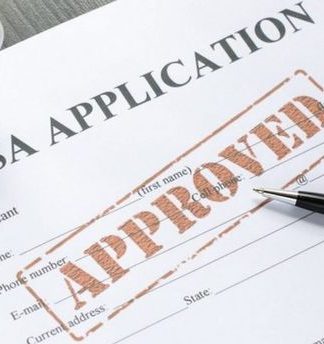SOCIETYSRI LANKA
Sri Lankans struggle to afford food as IMF approves bailout
Aparna Ramamurthy
19 hours ago19 hours ago
Sri Lanka has secured $2.9 billion from the International Monetary Fund — a lifeline for the debt-ridden country. But for millions struggling with poverty, the bailout might not bring immediate relief.
https://p.dw.com/p/4P0bf
For many living in crisis-hit Sri Lanka, skipping meals has become a new normal.
“It has been a year since we had three meals a day,” 34-year-old Selvaraj Sadasivam told DW.
Sadasivam and his family of seven live in Kegalle district, some 78 kilometers (48 miles) from Sri Lanka’s capital, Colombo. He works as a farm hand on a tea estate, and struggles to live a normal life with his sick father, his brother, sister, nephews, and niece.
He earns up to 1,000 Sri Lankan rupees per day (€2.78, $2.90), but only if he manages to pluck 22 kilos (48.5 pounds) of tea leaves. His brother and sister also have jobs, yet the family can only afford to eat twice a day.
A year ago, the island nation was facing unrest when it defaulted on its sovereign debt. Although the political crisis has since subsided, many Sri Lankans are still crippled by poverty.
“My nephews and my niece walk for around 28 kilometers each day to go to school because we cannot afford to get them a bus pass. They love to eat meat and fish, but it is expensive. We do not have that kind of money,” Sadasivam said.
This is not an isolated case in the South Asian country.
According to the data from World Food Programme (WFP), food insecurity is a serious concern in Sri Lanka.
A WFP study says that over three in 10 households are facing inadequate food consumption. Animal protein, dairy and fruit are consumed less than three days a week in the average household.
“One kilogram of chicken costs around 1,500 Sri Lankan rupees and the price of rice is also high. So, we are forced to buy low quality rice,” said Subramaniam Jaya Kannika, a mother of three who resides in the suburbs of Colombo.
Kannika has three daughters, aged 9, 13 and 14.
She makes pencil pouches for a living, and earns 15,000 Sri Lankan rupees, or just over $43.5 per month.
Government imposes tax hikes to unlock IMF bailout
Many of Sri Lanka’s 22 million people are facing a similar struggle, especially after the government announced tax hikes and raised electricity prices this year.
Sadasivam’s family earns around 30,000 Sri Lankan rupees per month and find it hard to cope with the new austerity measures.
“Last year, the electricity bill for my house was 180 rupees. Last month it was 680 and this month we got a bill of 1,445 rupees,” he said. “Should we eat or spend money on bills?”
“We do not have a television or a refrigerator. All we have is a light and that too we use during nighttime.”
And yet, experts say there are some positive signs. Rohan Samarajiva, founding chair of the think tank LIRNEasia, told DW that “comparatively, the situation has turned out better than it used to be last year.”
“There are no shortages of food supplies and fuel now. There are no long queues outside gas stations,” he said.
Sri Lanka fishermen: No kerosene, no food
02:54
In mid-March, over 40 trade unions participated in a national strike demanding a rollback of high taxes, lower interest rates and reduced power tariffs. Public sector staff, including doctors, teachers and other employees, protested soaring living costs.
President Ranil Wickremesinghe’s administration defended the tax hike by saying it was essential to put public finances on track to unlock the bailout by the International Monetary Fund (IMF).
Long road to recovery
On March 20, the IMF finally approved the long-awaited $2.9 billion bailout for the debt-ridden nation.
The announcement came days after China gave financial assurances required by the IMF to unlock the deal. Previously, India also gave required assurances for the bailout. Beijing and New Delhi are the nation’s biggest lenders.
The hope is that the IMF payout deal, named the Extended Fund Facility arrangement, will help restore financial and macroeconomic stability in Sri Lanka.
“But IMF support would not mean an immediate relief for the people who are suffering” said Dr. Muttukrishna Sarvananthan, development economist and principal researcher at the Point Pedro Institute of Development in Sri Lanka.
The IMF’s approval will boost the confidence of international creditors and investors, according to Sarvananthan. “But total recovery will take a long time,” he added.
Sri Lanka has approached IMF for help 16 times since 1965. On many occasions, the full amount initially agreed was not disbursed as Sri Lanka did not completely comply with the conditions of the loan arrangements. But this time there is an important difference, according to the economist.
“In the past, Sri Lanka approached IMF, before the default. This time it is after the default,” said Sarvananthan. “The money will not be released by IMF all at once. So, the country must comply to all the conditions of IMF, and it will be reviewed periodically.”
“This time we cannot fool the IMF or take it for granted,” he added.
9 images
9 images
Sri Lankans worried about their future
Over 3.7 million Sri Lankan households need help for their everyday needs and have applied for social safety net, according to Rohan Samarajiva of LIRNEasia think tank.
“Poor and vulnerable people are paying the price,” he said.
Kannika from Colombo feels that her children are bearing the weight of the crisis even more than she does herself. She is more worried about her children’s education.
“I could not buy new books and notebooks for my daughters. They borrow old books from the seniors in school and neighbors and use them,” she said.
“I do not have enough money to send them to tuition classes or buy them new dresses.”
Edited by: Darko Janjevic














